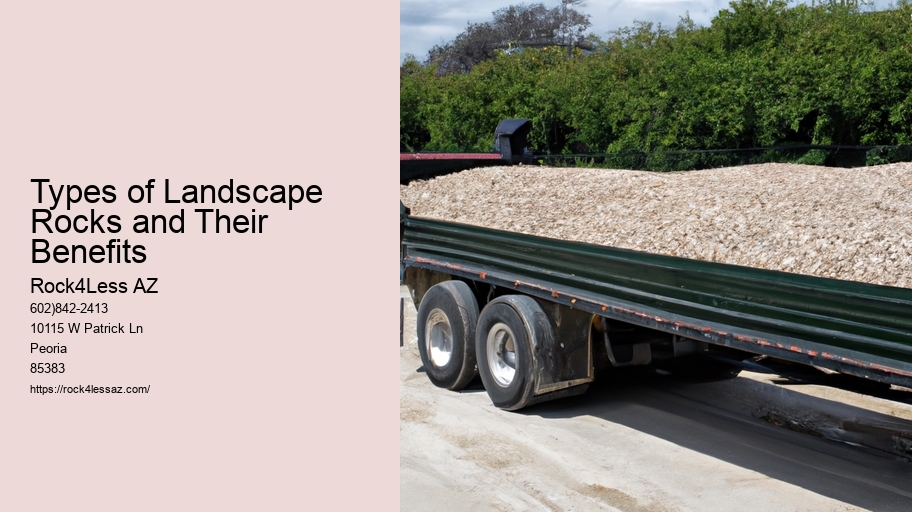Transform your outdoor space into a captivating oasis with the artful installation of landscape rocks. These natural elements have the power to symbolize strength, stability, and harmony, creating an emotional connection with your surroundings.
In this informative guide, we will walk you through the process of selecting the perfect landscape rocks and provide you with a step-by-step approach to effortlessly install them.
Elevate your exterior design and leave a lasting impact on all who encounter your outdoor sanctuary.
Choosing the Right Landscape Rocks
Selecting the appropriate landscape rocks is essential for achieving a visually appealing and cohesive outdoor design. When choosing landscape rocks, it is important to consider the overall aesthetic of your outdoor space and the specific purpose of the rocks.
For example, if you are looking to create a natural and rustic look, river rocks or flagstone rocks may be the perfect choice. On the other hand, if you want to add a modern and sleek touch to your landscape, smooth and polished rocks like Mexican beach pebbles or black lava rocks can create a striking contrast.
Additionally, consider the size and shape of the rocks, as well as their durability and maintenance requirements. By carefully selecting the right landscape rocks, you can transform your outdoor space into a stunning and harmonious environment.
Step-by-Step Guide to Installing Landscape Rocks
To achieve a well-installed and visually striking landscape, follow these step-by-step instructions for installing landscape rocks.
Plan your design: Start by envisioning how you want your landscape to look. Consider the shape, size, and color of the rocks you want to use, as well as the overall theme of your garden.
Clear the area: Remove any existing vegetation or debris from the area where you plan to install the rocks. This will ensure a clean and level surface.
Lay a weed barrier: To prevent weed growth, lay a weed barrier fabric over the cleared area. This will also help to retain moisture in the soil.
Place the rocks: Start by placing the larger rocks in strategic locations, such as around focal points or along the edges of pathways. Then, fill in the gaps with smaller rocks, ensuring a balanced distribution.
Secure the rocks: If desired, use landscape adhesive or mortar to secure the rocks in place. This will ensure that they stay in position and maintain their visual impact.
Add finishing touches: Once the rocks are in place, consider adding decorative elements such as plants, mulch, or lighting to enhance the overall aesthetic of your landscape.
Learn the Secrets of Incorporating Natural Stones Into Your Garden Design
